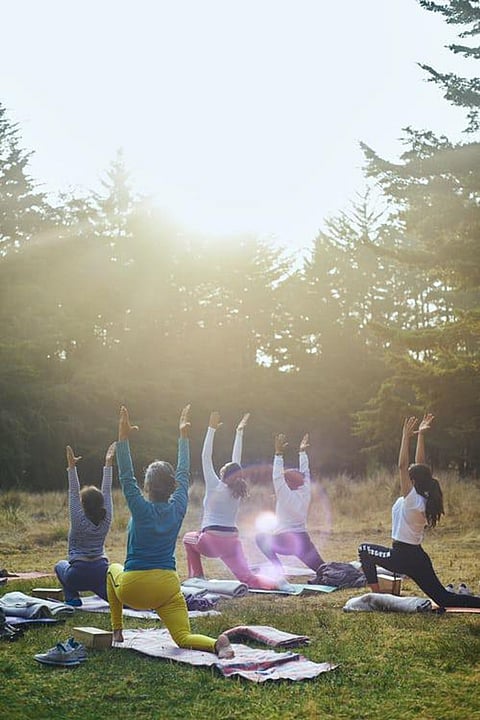Every year, the period of fifteen days, starting from the auspicious day of Makar Sankranti (January 14th), when the sun enters the Sagittarius constellation, and ending on Ratha Saptami, the 7th day after the new moon, is selected for a concentrated effort to maximize the outreach and share the benefits of the regular practice of Surya Namaskar to the American masses. Community organizations, general places of gathering, places of employment, schools, and colleges have been involved in this activity. To make the promotion more interesting and participatory, the number of Surya Namaskar performed by individuals are maintained using a user-friendly SNY app. This year, 12,676 individuals logged a total of 728,795 Surya Namaskars into the SNY app. The project reached 34 schools with 3,004 students and teachers participating.


